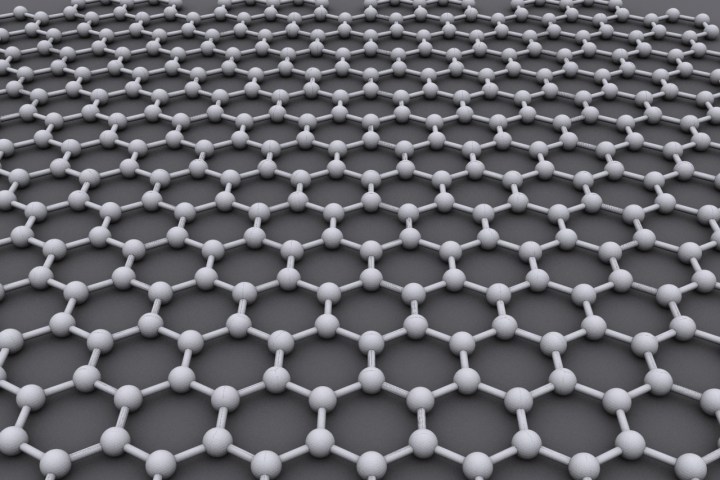
The latest? The fact that it turns out to be pretty darn good at cancer detection, thereby hinting at the possibility of a future noninvasive tool for early diagnosis.
The work was carried out by scientists at the University of Illinois at Chicago, who placed brain cells (astrocytes) taken from mice onto a graphene sheet, comprising a one-atom-thick layer of carbon atoms, and found that the sheet was able to distinguish between a single cancerous cell (glioblastoma or GMB cell) and a normal cell.
“What we’ve shown is that a graphene-based system can detect the activity of a cell, and by doing that we can differentiate between a cancer cell and a normal cell,” Vikas Berry, associate professor and head of chemical engineering at UIC, told Digital Trends. “That’s because a cancer cell is hyperactive and has a different biochemistry on its surface and degree of activity that it exhibits. Based on the activity of the cell, we are able to make our differentiation.”

The amazing cancer-detecting abilities of graphene relate to its impressive electrical conductivity. When exposed to a hyperactive cancerous cell, the electric field around the cell pushed away electrons in the graphene’s shared electron cloud. This changes the vibration energy of the carbon atoms: something which can be studied using ultra-high resolution vibration energy mapping. As a result, the researchers were able to tell what kind of cell the graphene was interfacing with.
“It’s an incredibly sensitive mechanism for detection,” Berry continued.
It’s exciting stuff, and could have significant real-world impacts. At present, however, it’s still a long way from clinical use. However, the researchers are hoping to expand beyond mouse trials to human patient biopsies in the future. They also hope that the same approach could be used to distinguish between different types of bacteria, and also identify sickle cells.


